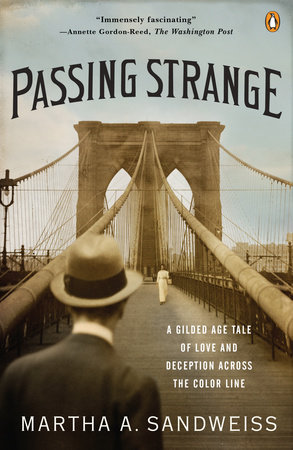On Becoming Black, Becoming White and Being Human: Rachel Dolezal and the Fluidity of RacePosted in Articles, History, Law, Louisiana, Media Archive, Passing, United States on 2016-06-05 01:22Z by Steven |
On Becoming Black, Becoming White and Being Human: Rachel Dolezal and the Fluidity of Race
Truthdig
2015-06-18
For decades, no one knew my cousin Ernest Torregano was black. At least, no one who mattered in his new life.
Not the clients or associates of the prominent bankruptcy law firm with which he had built his reputation and his fortune. Not the other members of the San Francisco Planning Commission, of which he had been president. And certainly not the mayor, Elmer Robinson, with whom Ernest had been close since their days as fresh new lawyers in the city. It is quite likely, I think, that Ernest never admitted, even to Pearl, his second wife of 30 years, that she had married an African-American man.
Few understood the true extent of my cousin’s labyrinth of secrets until he was already dead and buried. By then, he had successfully “passed for white” for more than 40 years.
When his only child, Gladys Stevens, learned that her father had not died in 1915 but had been alive until 1954, she filed suit to claim her share of his estate—worth about $300,000 then, or about $2.6 million today. After a protracted legal battle to prove she really was Ernest’s daughter, she won. Meanwhile, her story—and Ernest’s—made national headlines for nearly seven years. One Oklahoma newspaper announced: “Widow Claims Rich Lawyer Was Really Her Negro Father.” A Connecticut paper proclaimed: “Daughter’s Suit Reveals Double Life of Man Who Passed Over Color Line.” But Newsweek magazine’s headline captured the essence of the story in just three words: “The Second Man.”
Born into a mixed-race family in New Orleans in 1882, the First Man was the fair-skinned son of a white father and a mixed-race mother. And because he so loved to sing and to laugh and to travel, he joined a touring minstrel troupe, performing in blackface makeup for cheering crowds across the South. In that show, he met Viola, who played the guitar, and they married. After their daughter, Gladys, was born, the First Man took a job as a Pullman porter on the Southern Pacific Railroad line from New Orleans to San Francisco—to make a better living for his new family. But at some point along the way—perhaps as he gazed through a train car window at the countryside rolling by or as he wandered along Market Street among white people who did not sneer at him or call him “boy”—he decided he would never return home. (According to one account, his mother, who supported the idea of his passing, convinced him that Viola and Gladys had been killed and that he should forget them forever.)…
Read the entire article here.




